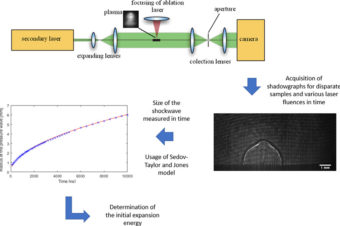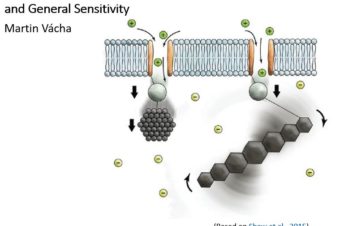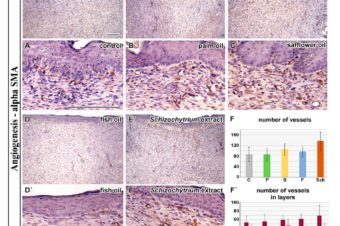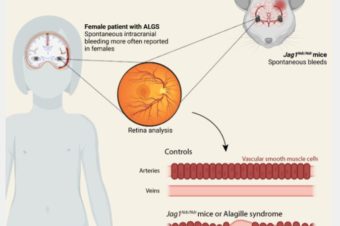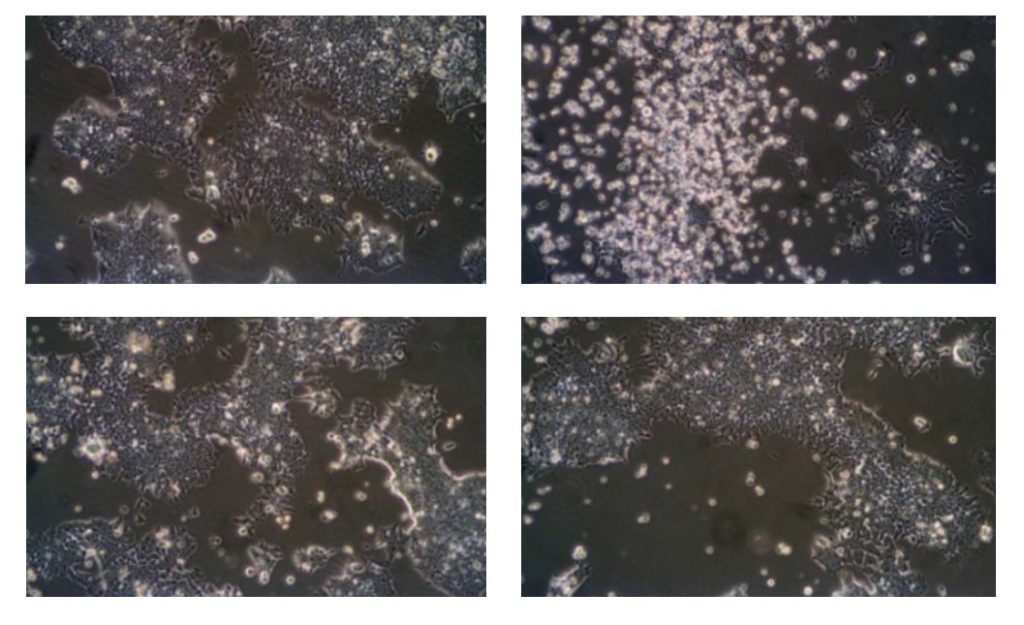
Conducting polymers (CP) can be used as pH- and/or electro-responsive components in various bioapplications, for example, in 4D smart scaffolds. The ability of CP to maintain conductivity under physiological conditions is, therefore, their crucial property. Unfortunately, the conductivity of the CP rapidly decreases in physiological environment, as their conducting salts convert to non-conducting bases.
One of the promising solutions how to cope with this shortcoming is the use of alternative “doping” process that is not based on the protonation of CP with acids but on interactions relying in acidic hydrogen bonding. Therefore, the phosphonates (dimethyl phosphonate, diethyl phosphonate, dibutyl phosphonate, or diphenyl phosphonate) were used to re-dope two most common representatives of CP, polyaniline (PANI) and polypyrrole (PPy) bases.
As a result, PANI doped with organic phosphonates proved to have significantly better stability of conductivity under different pH. It has also been shown that cytotoxicity of studied materials determined on embryonic stem cells and their embryotoxicity, determined as the impact on cardiomyogenesis and erythropoiesis, depend both on the polymer and phosphonate types used. With the exception of PANI doped with dibutyl phosphonate, all PPy-based phosphonates showed better biocompatibility than the phosphonates based on PANI.
by
Zdenka Capáková, Katarzyna Anna Radaszkiewicz, Udit Acharya, Thanh Huong Truong, Jiří Pacherník, Patrycja Bober, Věra Kašpárková, Jaroslav Stejskal, Jiří Pfleger, Marián Lehocký, Petr Humpolíček
In cooperation with Tomas Bata University in Zlin and Institute of Macromolecular Chemistry, Academy of Sciences of the Czech Republic

